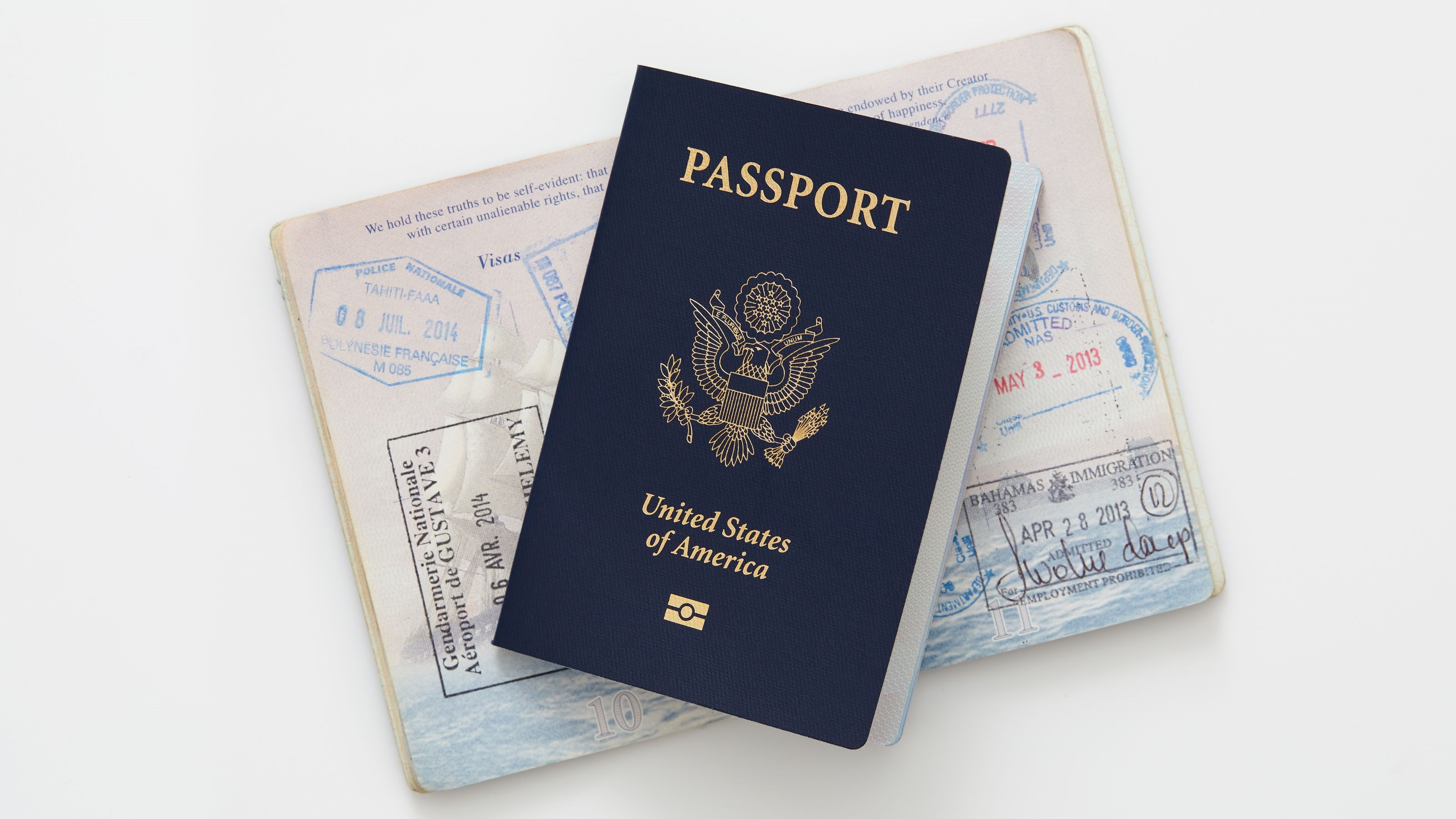Four Tax-Friendly Ways to Pay for Long-Term Care Insurance
No matter how carefully you plan for retirement, if you don't have long-term-care insurance, a catastrophic illness could wipe out your savings.

There are several tax-advantaged ways to help take the sting out of the costs of long-term-care coverage. Buying long-term care insurance is a wise move as the cost of long-term care continues to rise year over year. From 2021 to 2022, the cost of staying at an assisted living facility rose by 18.89%, but the increase from 2022 to 2023 was significantly lower at 1.36%, according to Genworth, a long-term care insurer.
Monthly costs at a nursing home run on average $8,669 for a semi-private room and $9,733 for a private room. Community and assisted living costs are lower but still substantial. The monthly cost of adult day health care is $2,058 and care in an assisted living facility averages $5,350.
Here are four tax-friendly ways to pay for your long-term care insurance premiums.

Sign up for Kiplinger’s Free E-Newsletters
Profit and prosper with the best of expert advice on investing, taxes, retirement, personal finance and more - straight to your e-mail.
Profit and prosper with the best of expert advice - straight to your e-mail.
1. Tax-free withdrawals from an HSA
If you have a health savings account, you can withdraw money tax-free to pay a portion of eligible long-term-care insurance premiums. The amount you can withdraw is based on your age. In 2024, the limit for each person is $470 per year if you are 40 or younger; it is $880 for people ages 41 to 50; $1,760 for ages 51 to 60; $4,710 for ages 61 to 70; and $5,880 for ages 71 and older. You can withdraw up to those limits tax-free for your spouse’s coverage, too. See IRS Publication 969, Health Savings Accounts and Other Tax-Favored Health Plans, for more information.
2. Deduct long-term-care premiums as a medical expense
A portion of your long-term-care premiums can qualify as a tax-deductible medical expense; the same age-based limits apply to these deductions as to health savings account withdrawals. You can’t double dip and deduct the expenses if you took a tax-free HSA withdrawal to pay the same costs. Medical expenses are deductible to the extent they exceed 7.5% of your adjusted gross income. Most traditional long-term-care policies issued in the past several years are eligible. See IRS Publication 502, Medical and Dental Expenses, for more information about the requirements.
3. Make a tax-free transfer from an annuity
You can transfer money tax-free from an annuity to cover premiums for a traditional long-term-care policy or to pay for another annuity that also provides long-term-care benefits. The transfer (called a 1035 exchange) must be made directly from the annuity to pay the premiums. If you withdraw the money from the annuity rather than making the tax-free transfer, you have to pay income taxes on the gains, which are taxed first, before you recover your principal. For more information, see Use Annuities to Pay for Long-Term Care. Your long-term-care insurer should be able to help you make the transfer.
4. Make a tax-free transfer from permanent life insurance
You can also make a tax-free 1035 exchange from a cash-value life insurance policy to pay long-term-care premiums, either for a traditional long-term-care policy or a policy that combines life insurance and long-term-care benefits. The money can come from the policy’s cash value, or you can use the policy’s dividends to pay the long-term-care premiums. This strategy can be useful as you get older and your primary needs change from life insurance to long-term care.
Bottom line
You can get long-term care at home, in the community, in an assisted living facility or in a nursing home. It’s important to start planning for long-term care now to maintain your independence and make sure you get the care you may need, in the setting you want.
Medicare, Medicare Supplement Insurance (Medigap) and most other health insurance don’t pay for long-term care. You might qualify for long-term care through Medicaid, or you can choose to buy private long-term care insurance. Remember, no matter how carefully you plan for retirement, if you don't have long-term-care insurance, a catastrophic illness could wipe out your savings.
Related Content
- 10 Things You Should Know About Long-Term Care Insurance
- Six Key Factors to Consider When Shopping for Long-Term Care Insurance
- Medicare Basics: 11 Things You Need to Know
Get Kiplinger Today newsletter — free
Profit and prosper with the best of Kiplinger's advice on investing, taxes, retirement, personal finance and much more. Delivered daily. Enter your email in the box and click Sign Me Up.

As the "Ask Kim" columnist for Kiplinger's Personal Finance, Lankford receives hundreds of personal finance questions from readers every month. She is the author of Rescue Your Financial Life (McGraw-Hill, 2003), The Insurance Maze: How You Can Save Money on Insurance -- and Still Get the Coverage You Need (Kaplan, 2006), Kiplinger's Ask Kim for Money Smart Solutions (Kaplan, 2007) and The Kiplinger/BBB Personal Finance Guide for Military Families. She is frequently featured as a financial expert on television and radio, including NBC's Today Show, CNN, CNBC and National Public Radio.
-
 The AI Doctor Coming to Read Your Test Results
The AI Doctor Coming to Read Your Test ResultsThe Kiplinger Letter There’s big opportunity for AI tools that analyze CAT scans, MRIs and other medical images. But there are also big challenges that human clinicians and tech companies will have to overcome.
By John Miley Published
-
 The Best Places for LGBTQ People to Retire Abroad
The Best Places for LGBTQ People to Retire AbroadLGBTQ people can safely retire abroad, but they must know a country’s laws and level of support — going beyond the usual retirement considerations.
By Drew Limsky Published
-
 2025 Family Tax Credits: Four IRS Changes That Can Save You Money
2025 Family Tax Credits: Four IRS Changes That Can Save You MoneyFamily Tax Credits Explore the new IRS-adjusted amounts for popular family tax credits.
By Gabriella Cruz-Martínez Last updated
-
 The Big CPA Shortage Problem in Accounting: What it Means for Your Tax Return
The Big CPA Shortage Problem in Accounting: What it Means for Your Tax ReturnCareer This once resilient accounting industry is cracking, as the labor force seems in dire straits. It’s also affecting the IRS.
By Gabriella Cruz-Martínez Last updated
-
 IRS: How to Get a 401(k) Match for Your Student Loan Payment
IRS: How to Get a 401(k) Match for Your Student Loan PaymentSavings Those with 401(k), 403(b), and other savings plans might get relief through their employer-provided retirement account.
By Kate Schubel Published
-
 Non-Eligible HSA Expenses: When a Doctor’s Note Isn’t Enough
Non-Eligible HSA Expenses: When a Doctor’s Note Isn’t EnoughHealth Savings It's easy to get confused about whether diet products, gym memberships, and fitness trackers are HSA-eligible items.
By Katelyn Washington Last updated
-
 Roth IRA Contribution Limits for 2025
Roth IRA Contribution Limits for 2025Roth IRAs Roth IRA contribution limits have gone up. Here's what you need to know.
By Jackie Stewart Last updated
-
 Five Tax Breaks for Paying Your Student Loan
Five Tax Breaks for Paying Your Student LoanTax Letter After a three-year pause, student loan payments have resumed, putting a dent in people's wallets. But there are some tax breaks that can help.
By Joy Taylor Published
-
 Pay Your Tax Debts if You Want to Keep Your Passport: Kiplinger Tax Letter
Pay Your Tax Debts if You Want to Keep Your Passport: Kiplinger Tax LetterTax Letter Are you applying for or renewing a passport? Be sure you’ve paid your federal taxes.
By Joy Taylor Published
-
 Tax Scam: IRS Warns Taxpayers Against Filing False W-2 Info
Tax Scam: IRS Warns Taxpayers Against Filing False W-2 InfoScams A new tax scam on social media advises lying on your W-2 to falsely claim credits and bigger refunds.
By Ben Demers Published
